
The team at The Fireplace are often asked "what is a clean air approved wood fire, and why do we have to have one where we live?" — great questions that have everything to do with environmental concerns and the need to clean up the airsheds we humans breathe from.
Let's look at these concerns and get some basic understanding behind the reasons why there are regulations in place to control the use of solid fuel wood fires.
There are two very important issues that affect solid fuel wood fires and their operation, to minimise the effects of smoke emissions into the atmosphere.
- The design and operation of a modern wood burner that eliminates the so called 'overnight burn' (which is a complete myth). Good burn air control is key here and an old adage comes to mind; Burn Bright — Burn Right.
- The quality and availability of good seasoned dry fuel (at least 12 months old).
Manufacturers of wood fires in NZ are amongst the very best in the world for producing cleaner burning fireplaces through continuous development to achieve lower emissions at a favourable cost. However, there is no point in having the best burning fire in the world if the fuel it is fed is totally unsuitable, for example wet firewood or treated wood.
Legislation passed and adopted through the NES (National Environmental Standards) dictates that all wood fires when tested under recognised and nationally accepted standards, must not exceed 1.5gm of emissions for every kilogram of fuel burnt, and must have a thermal efficiency of 65% or better.
Every local authority in NZ must have an emissions policy with the minimum being the NES standard. Some authorities choose to have lower emissions targets and this is mainly due to geographical locations, where atmospheric inversions can be commonplace on still winter nights. The air hangs in a stagnated form not being able to be cleared by wind.
The other controlling factor for those who want clean burning wood fires, is a matter of whether they live in urban or rural locations. Rural locations are classed as land areas equal to or exceeding 2 Hectares (4.94 Acres). Rural areas do not need to comply with the same restrictions placed on urban locations for obvious reasons.
So how does one know if the wood fire they want will comply with these regulations, particularly for those living in urban locations?
The MfE (Ministry for the Environment) website has a list of all approved wood fires that can be used in an urban location. Beside each approved wood fire will be an approval number which can be quoted when building consents or permits are applied for. This should enable a clear pathway to getting approvals sorted quickly and efficiently.
If in doubt about any local procedures or bylaws that may affect the installation of internal wood fires (external wood fires are usually exempt due to low to occasional use only), designers are encouraged to contact the local authority to clarify any issues.













 Case Studies
Case Studies








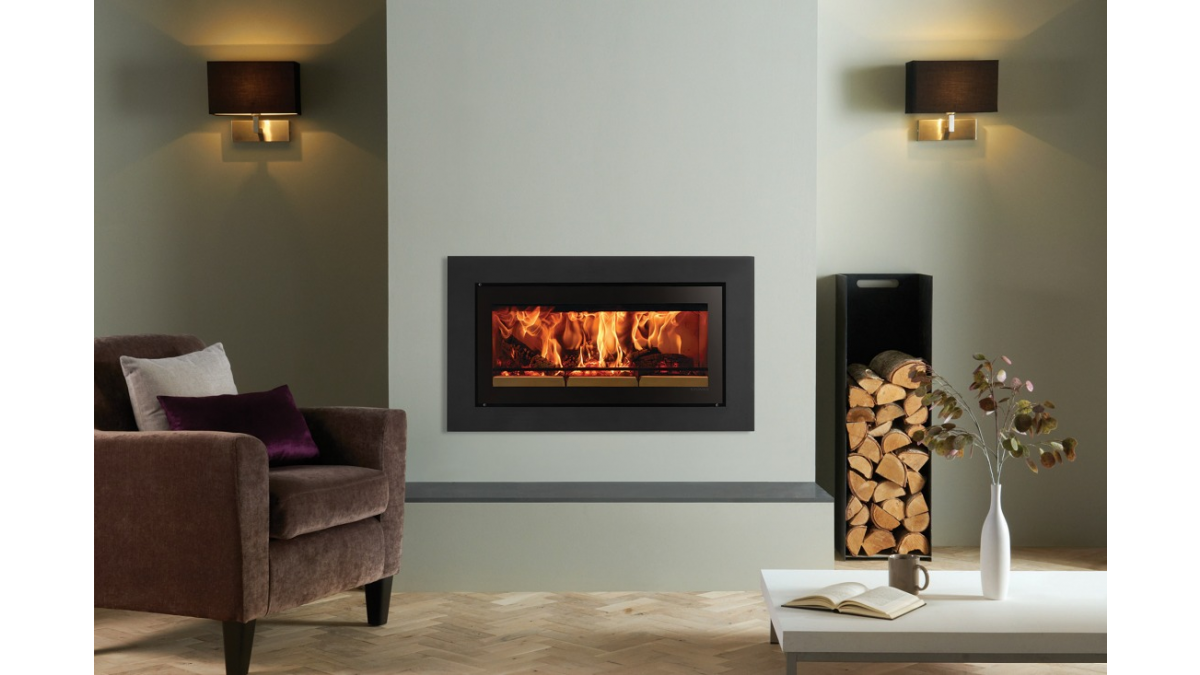
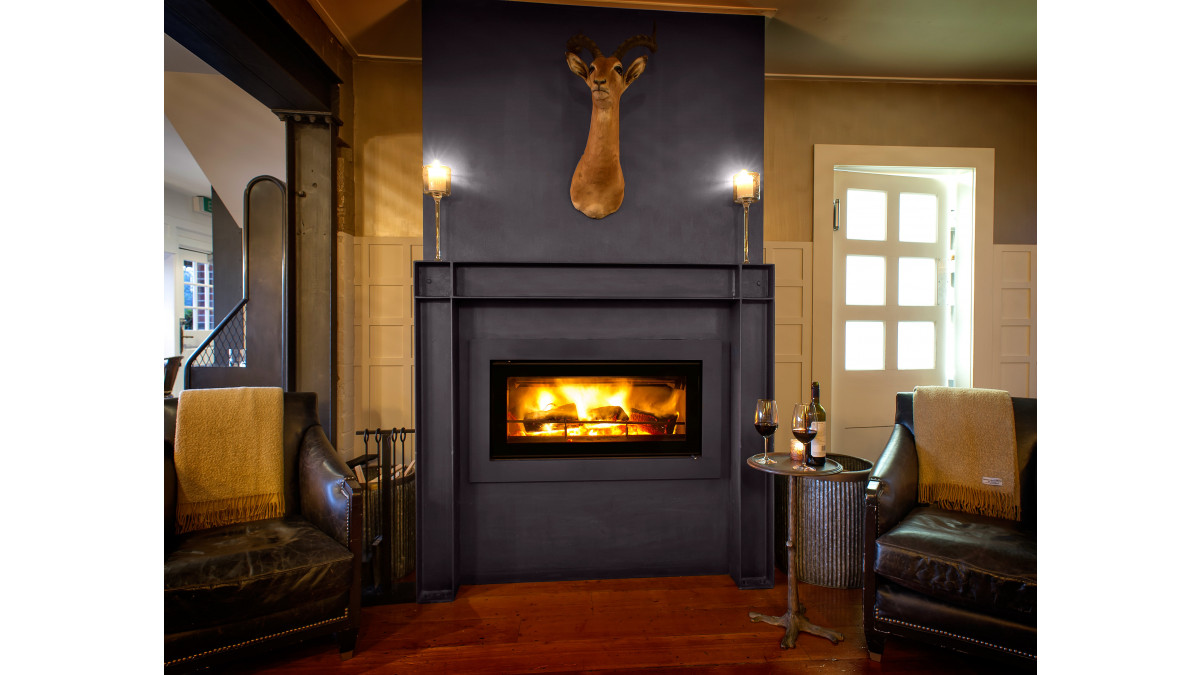
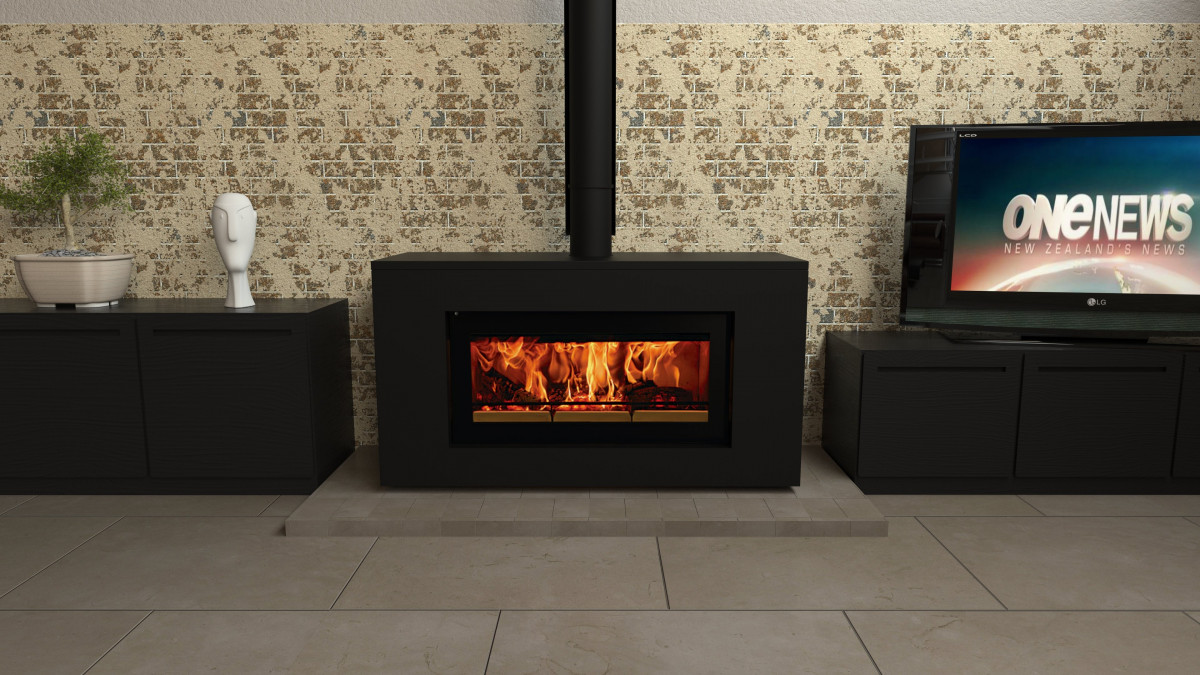
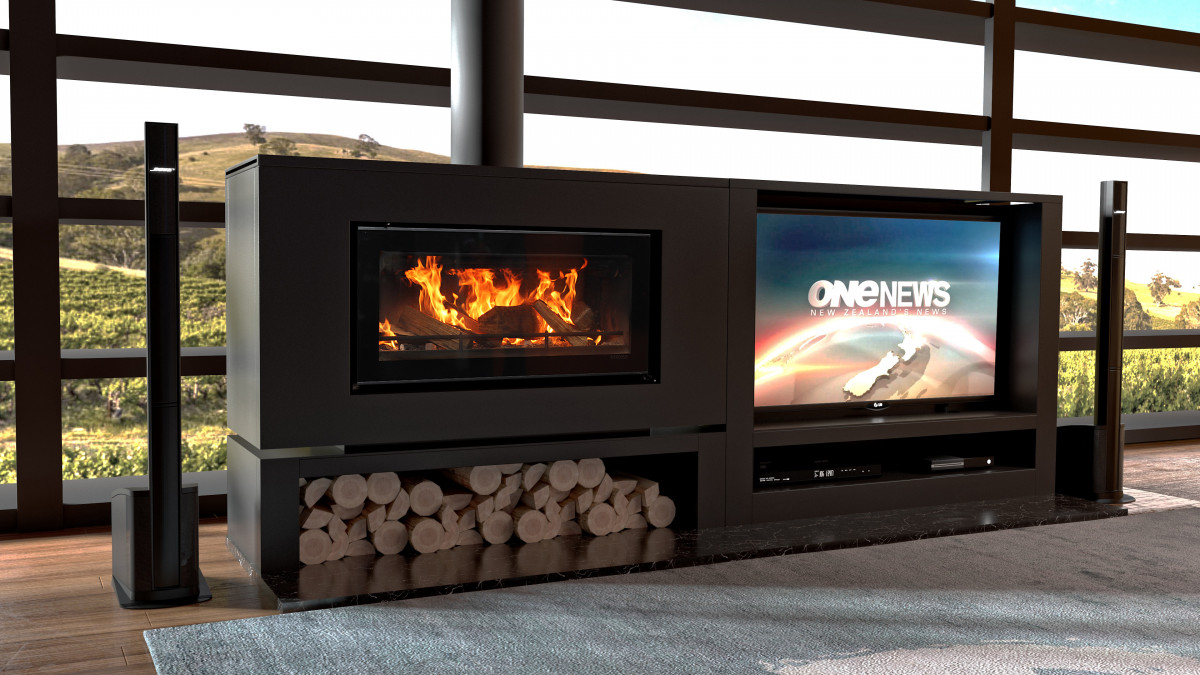


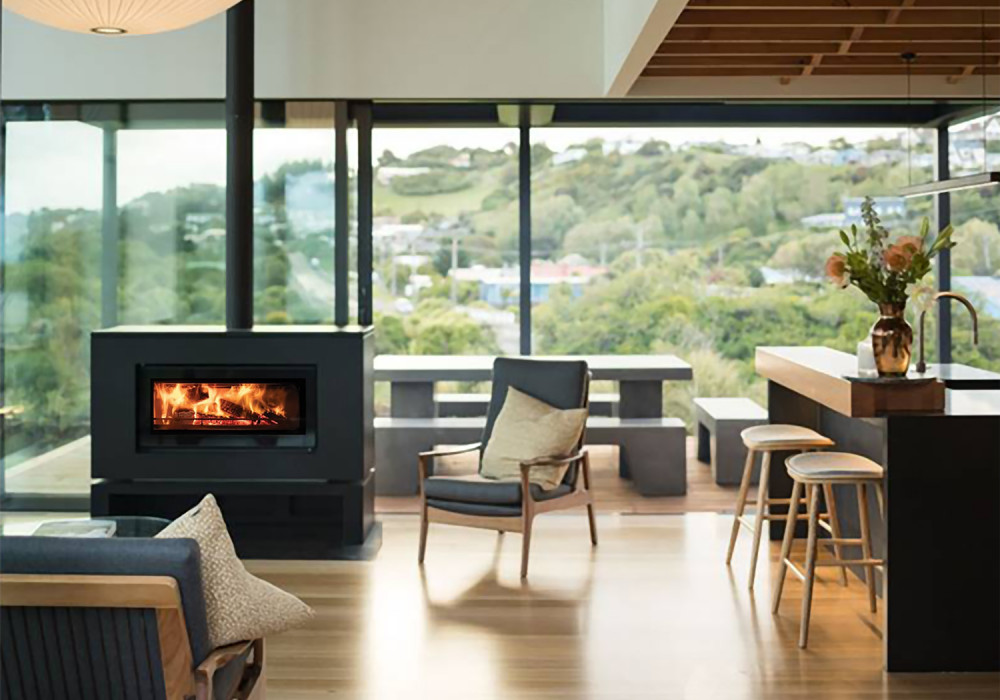

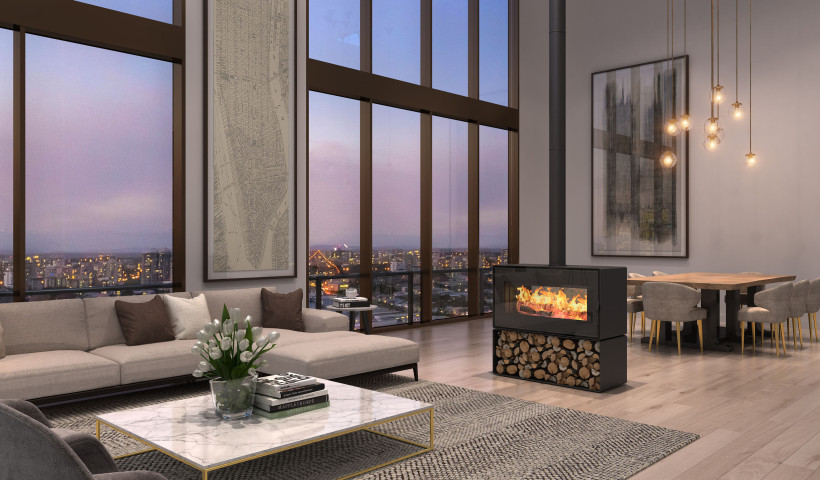
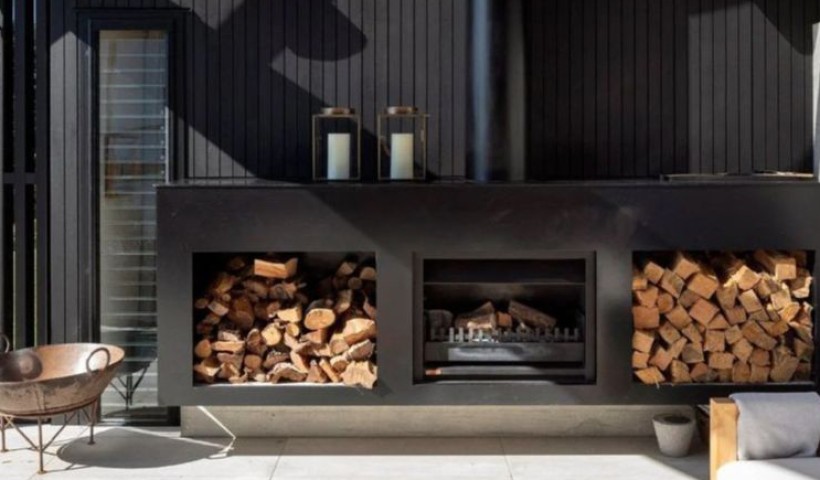
 Popular Products from The Fireplace
Popular Products from The Fireplace
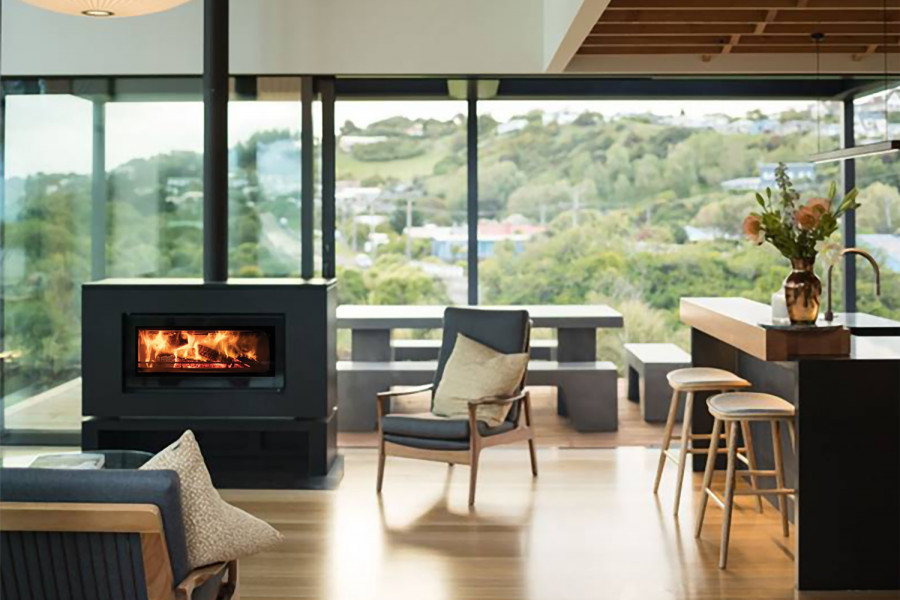

 Most Popular
Most Popular


 Popular Blog Posts
Popular Blog Posts